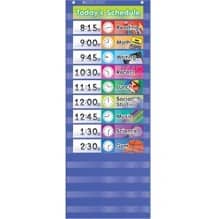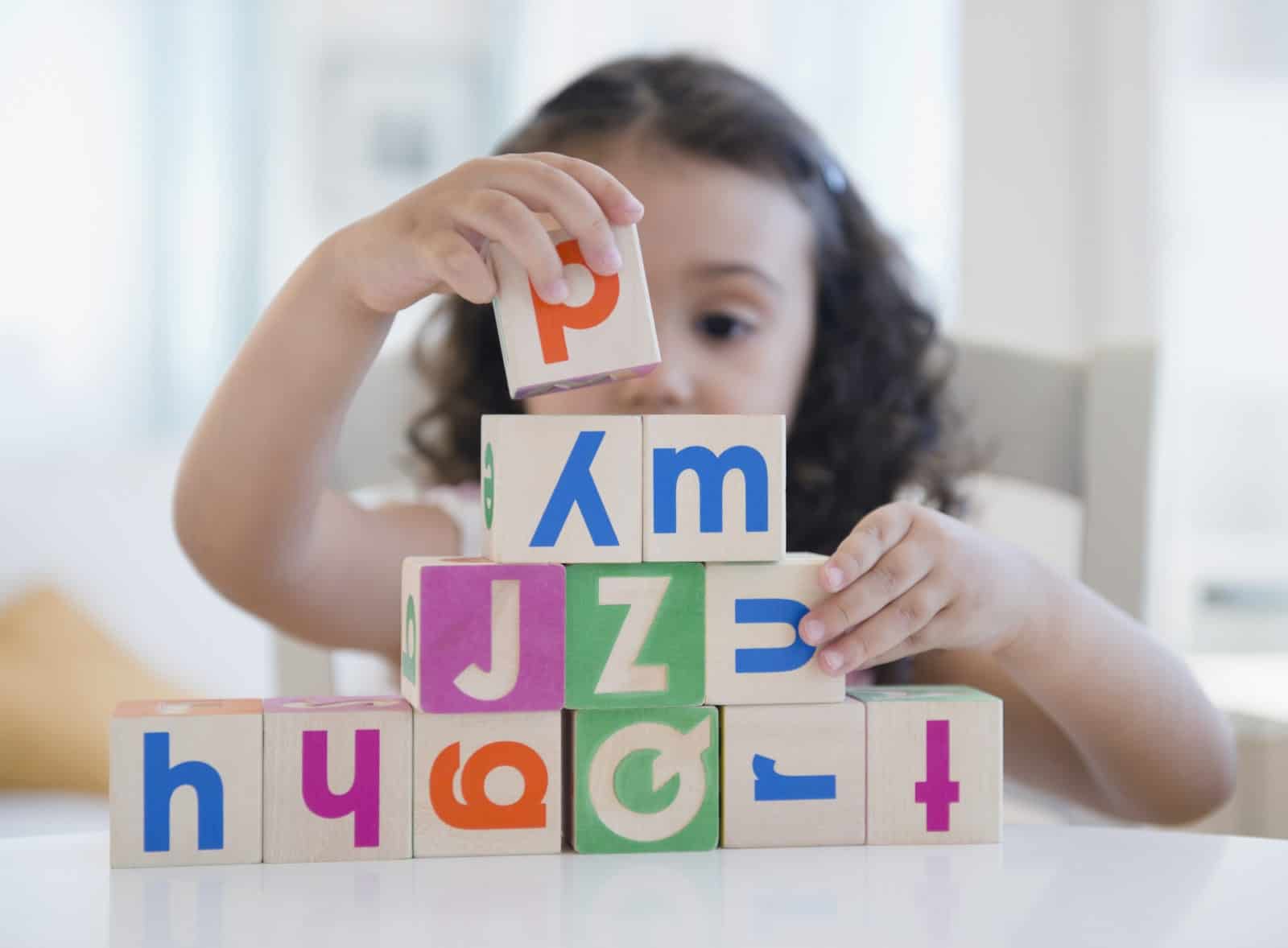
There are many benefits to parents, nannies and children when using a visual schedule. Visual schedules can be adapted for use with any age group from infants all the way to adults. They can be tweaked for individual needs.
What is a visual schedule?
A visual schedule is a plan or routine for the major events in a day that uses pictures and words. For most children, a schedule consists of mealtimes, self-care, and playtimes. A visual schedule takes the planned-out schedule or routine and creates a visual representation to follow. For older children and adults, this can be a simple list of things needing to be accomplished in order. The list may or may not have times listed for when to accomplish each task. For younger children, pictures can be added to the list that they can identify the tasks. Visual schedules are adaptable to everyone’s needs.
There have been many studies published on the benefits of schedules and routines for children. A consistent daily schedule has been shown to increase children’s feelings of self-confidence and security, as well as lower anxiety. Long-term use of a daily schedule has been shown to improve organization and time management skills in older children and adults. Daily schedules have also been shown to increase family stability, emotional regulation, and social adjustments in older children and teen (1).
A visual schedule provides children with a sense of control.
They can follow along and anticipate what is coming next in the day. A visual schedule also offers a reference to verbal instructions as the schedule remains posted for review. A visual picture allows younger children to take ownership of the routine. Adults work with the children to teach the meaning of the symbols and then let the children guide themselves using the pictures as reminders. It is recommended to include written words with the images to contribute to a print-rich environment and early recognition of letters and word associations.
Visual schedules can be put in place at the beginning of a child’s life and updating them helps facilitate communication. To implement a visual schedule, layout a written schedule, detailing the general daily routine. This written schedule can include general categories such as meals, nap times, and play times, or can be more detailed to include diaper changes, hygiene care, and specific play activities (2). I start the first schedules in pencil and more general so that they are easier to adjust with time and the age of the child.
The next step is to add the pictures.
I use actual photographs of objects, but drawings and clip art can also be used. Label pictures with large letters, print them out, and protect them for subsequent use. Protection can be achieved using a sheet protector over a full-page photo, laminating the photo, or even using packing tape to completely cover the photo. Make sure the images are large enough for the infant to handle the paper without being a choking hazard. Before an activity, show the infant the photo and tell them what you are doing.
As infants get old enough to interact with the photos, display them in the scheduled order, in reach of the child. Point at the picture before the activity, and read it, then point to the next photo, read it, and explain that that is what is next. The child will be able to start pointing with you as they get older.
Many toddlers can manage a schedule that is all on one page. Keep the schedule in a reachable place so the child to interact with it. l Include pictures and add a short description and times for each activity. Velcro can be used so the schedule can be updated and changed easily. Cards with pictures detailing activities such as Legos, Play Do, going to the zoo or visiting a playground are great visual schedules. A set of cards with different activities allows for variety in the routine and lets the child see changes ahead of time. Velcro-style, adjustable visual schedules also work well for children in a school setting, where the schedule may need to be adjusted daily.
As children get older and learn to read, the pictures can be left off, and the schedule transitions to written form. Preteens and teens can write or type out their own schedules. This allows the child to have control in how their schedule is laid out and lets the adults step back and give them some independence. Rather than reminding, or appearing to nag, the adult can remind the child to accomplish the items on their schedule.
Visual schedules can be a helpful tool for multiple ages.
They are flexible and easily adapted to the needs of the child and the child’s family. They promote a sense of security and an understanding of expectations. Knowing what is going to happen each day allows a child to have a sense of control and helps to regulate emotions.
To learn more, a Learning Environments course is available with enrollment in the Advanced Nanny program.
- Malatras, Jennifer Weil, et al. “First Things First: Family Activities and Routines, Time Management and Attention.” Journal of Applied Developmental Psychology, 2016.
- Davies, Catherine. “Using Visual Schedules: A Guide for Parents.” IIDC – The Indiana Institute on Disability and Community at Indiana University, Indiana University Bloomington, 2008.


Recent Comments